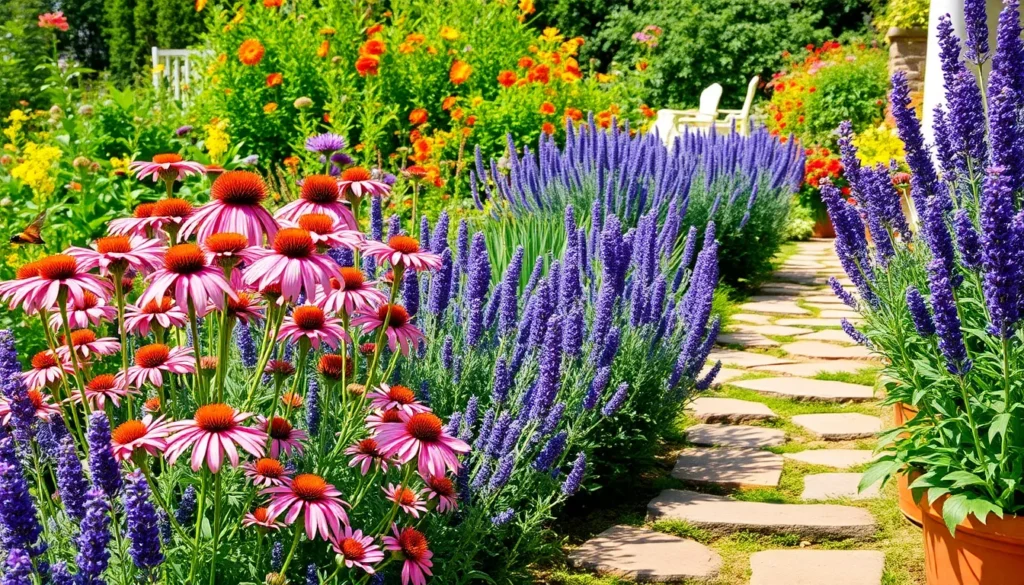Gardening is a journey filled with vibrant colors and buzzing life, and there’s nothing quite like the joy of watching your garden come alive with the flutter of butterflies and the hum of bees. Whether you’re a novice just dipping your toes into the soil or a seasoned green thumb, attracting pollinators is a rewarding way to enhance the beauty and bounty of your garden.
For those looking to bring this magic indoors, our guide to the best plants for attracting pollinators is your ticket to creating a lively, thriving ecosystem right at home. These carefully selected plants not only add a splash of green and color to your interior spaces but also offer the practical benefit of supporting the essential work of pollinators, ensuring your indoor garden is as productive as it is beautiful.
By choosing the right plants, you can transform any space into a pollinator paradise, boosting your garden’s health and productivity with ease. With our expert tips and techniques, you’ll feel confident in your ability to cultivate a successful indoor haven that both you and the pollinators will adore.
Lavender (Fragrant Blooms for Bees and Butterflies)
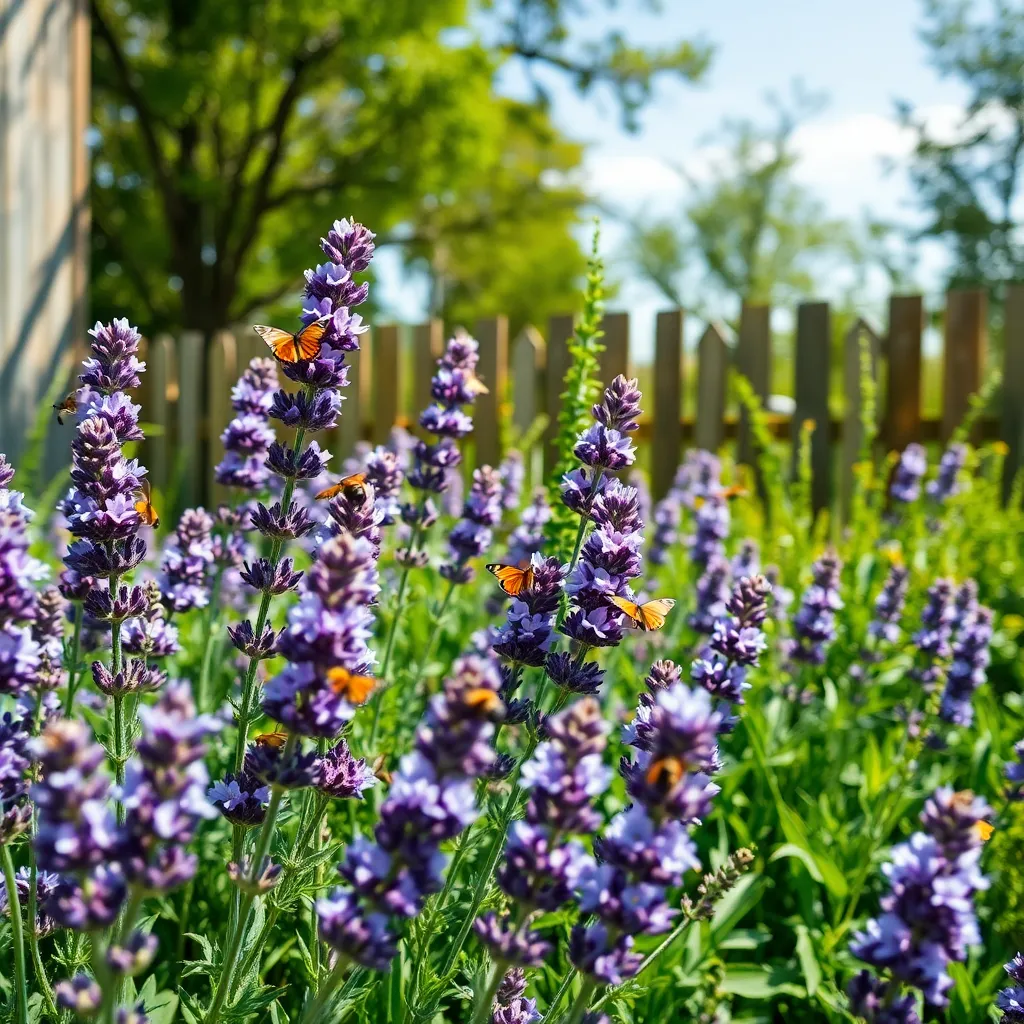
Lavender is a delightful addition to any garden, known for its fragrant blooms that attract both bees and butterflies. It’s a low-maintenance plant that thrives in well-drained soil and full sun, making it perfect for beginner gardeners.
To ensure your lavender thrives, plant it in an area that receives at least six hours of direct sunlight each day. If your soil is clay-heavy, consider amending it with sand or gravel to improve drainage, as lavender prefers dry conditions.
Avoid overwatering lavender, as it is drought-resistant once established. Water it sparingly, typically once a week, allowing the soil to dry out between watering sessions to prevent root rot.
For those looking to maximize the health and growth of their lavender, consider pruning the plants annually. Pruning in early spring encourages a bushy growth habit and more abundant blooms, which will further attract pollinators to your garden.
Coneflower (Long-Lasting Nectar Source)
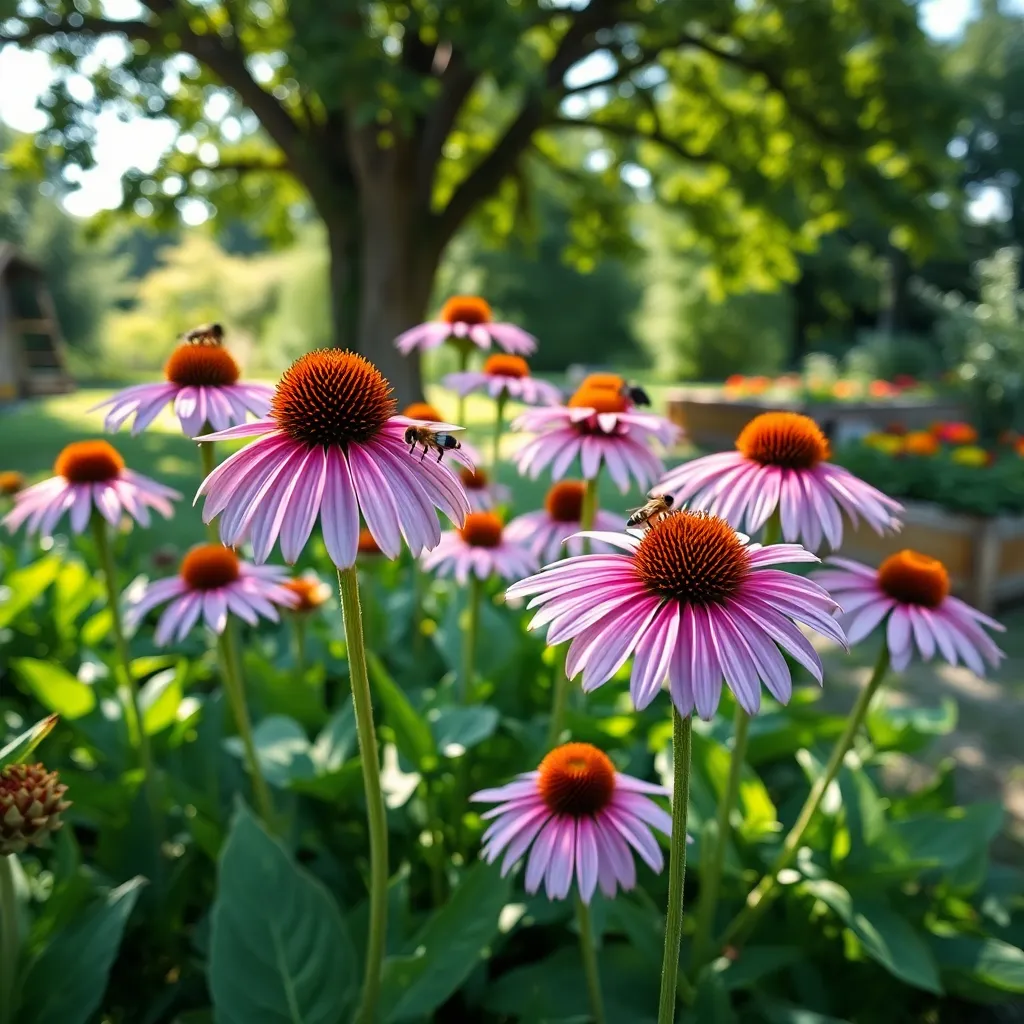
Coneflowers, also known as Echinacea, are a fantastic choice for attracting pollinators due to their long-lasting blooms and vibrant colors. These hardy perennials thrive in a variety of conditions, making them a reliable addition to any garden.
When planting coneflowers, choose a location that receives at least six hours of direct sunlight each day. They prefer well-drained soil and can withstand both drought and heat once established, reducing the need for frequent watering.
For best results, water newly planted coneflowers once a week until they are fully established. After that, they generally require minimal watering, particularly in regions with regular rainfall.
Consider deadheading spent blooms to encourage a longer flowering period, which provides a continuous nectar source for pollinators. However, leaving some seed heads in place can offer food for birds during the fall and winter months.
Bee Balm (Vibrant Colors for Hummingbirds)
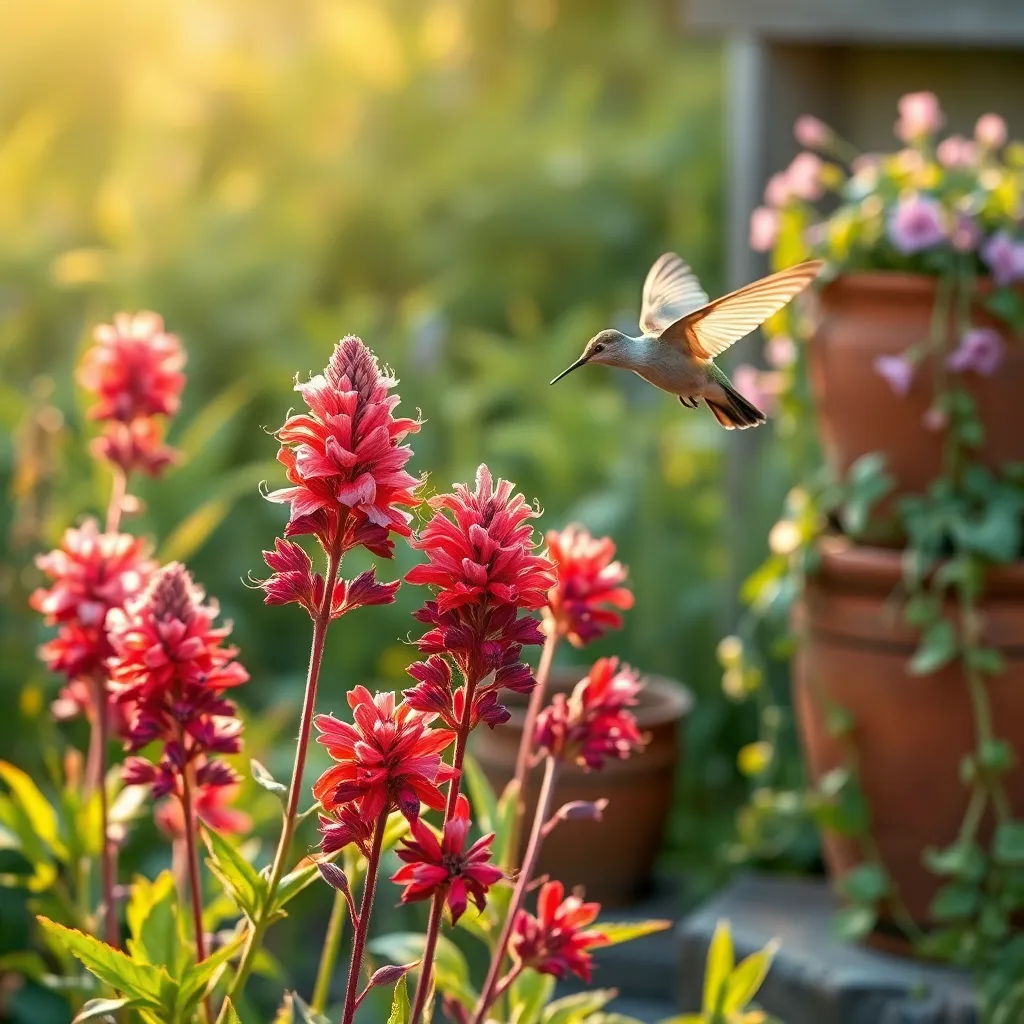
Bee balm is a vibrant addition to any garden, attracting hummingbirds with its brilliant blooms. Known scientifically as Monarda, this perennial plant thrives in full sun and well-drained soil, making it ideal for most garden settings.
To cultivate healthy bee balm, ensure your soil is rich in organic matter by integrating compost before planting. Water regularly, especially during dry spells, but be careful not to overwater, as bee balm prefers slightly moist conditions without being waterlogged.
For those looking to encourage more blooms, consider deadheading spent flowers to promote continuous flowering throughout the season. Additionally, dividing bee balm every few years helps control its spread and encourages vigorous growth, providing a fresh burst of color each year.
More experienced gardeners can experiment with different cultivars, as bee balm comes in a variety of colors, from fiery reds to calming purples. Remember, these vibrant colors not only beautify your garden but also serve as a beacon for hummingbirds, ensuring your garden buzzes with life.
Salvia (Drought-Tolerant Pollinator Magnet)
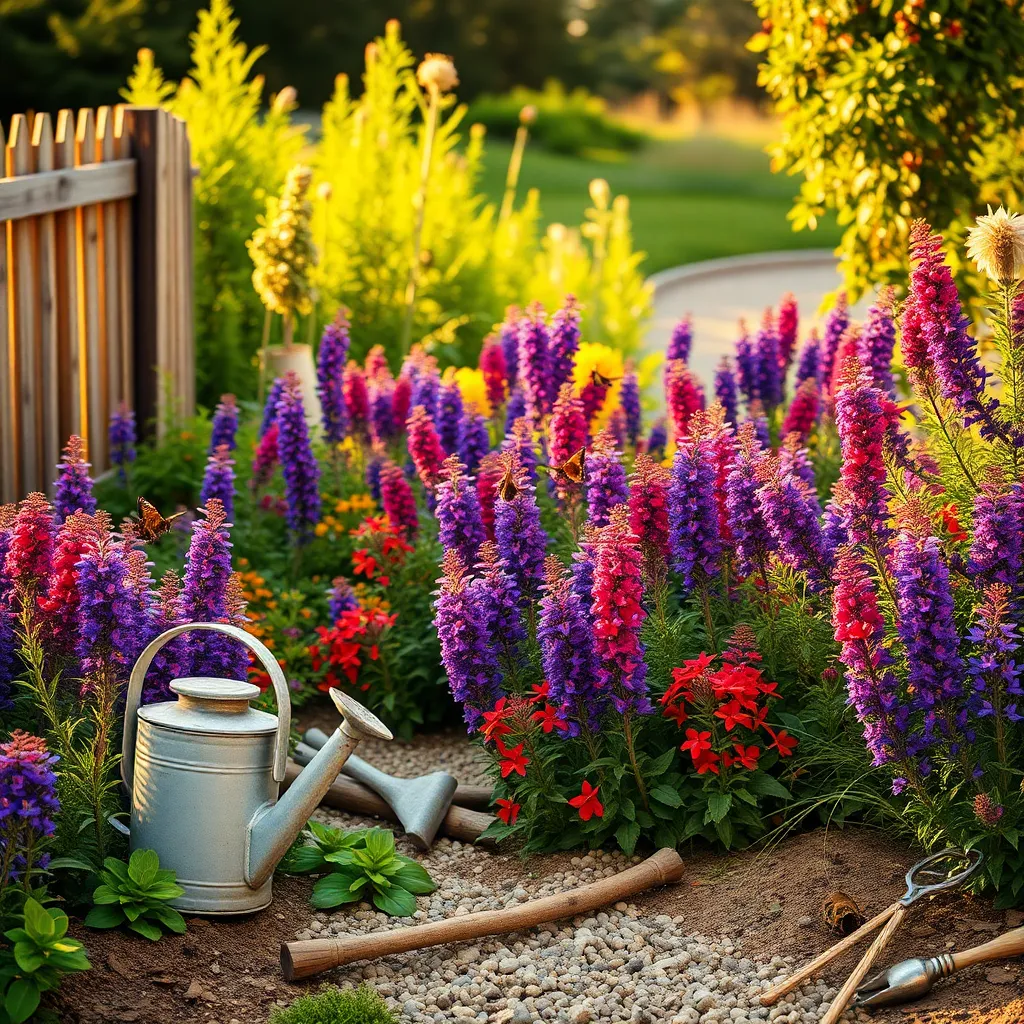
Salvia, known for its striking blooms and aromatic foliage, is a fantastic choice for attracting pollinators while being incredibly drought-tolerant. This hardy perennial is easy to grow and thrives in a variety of climates, making it an excellent option for gardeners looking to enhance their outdoor spaces.
To ensure healthy growth, plant salvia in well-drained soil with plenty of sunlight; aim for at least six hours of direct sun daily. Watering should be minimal—allow the soil to dry out completely between waterings, which helps prevent root rot and supports the plant’s drought resistance.
Adding a layer of mulch around the base of the plant can help retain moisture and reduce weed competition, promoting a healthier growing environment. For gardeners seeking to extend the blooming period, deadheading spent flowers will encourage continued blooming throughout the season.
Salvia varieties offer a range of colors, from deep purples to vibrant reds, many of which are highly attractive to bees, butterflies, and hummingbirds. Consider planting different types together to create a diverse and visually appealing garden that supports a wide range of pollinators.
Milkweed (Essential for Monarch Butterflies)
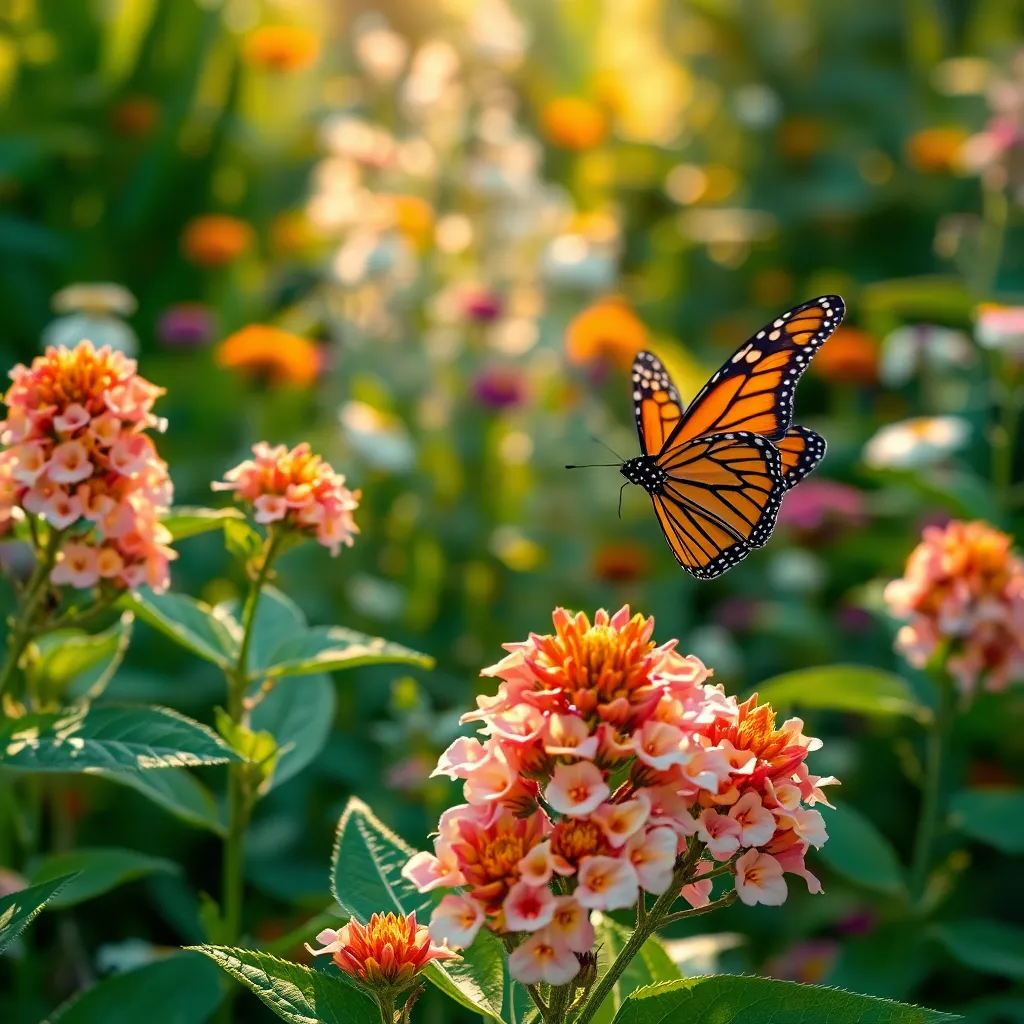
Incorporating milkweed into your garden is essential for supporting monarch butterflies, a species in need of conservation. This plant provides the only food source for monarch caterpillars, making it a crucial addition for anyone looking to support local ecosystems.
Milkweed thrives in well-drained soil and requires full sunlight, so select a sunny spot in your garden. To ensure healthy growth, plant milkweed seeds after the last frost in early spring, pressing them lightly into the soil to maintain contact.
Water milkweed regularly, especially during dry spells, but avoid overwatering as the plant prefers slightly dry conditions. As a low-maintenance plant, once established, milkweed doesn’t require fertilization, making it ideal for gardeners seeking an easy-care option.
For advanced gardeners, consider planting a variety of milkweed species to extend the bloom period and provide continuous food for monarchs. Additionally, refrain from using pesticides on or near milkweed, as these can harm the very butterflies you’re aiming to attract.
Conclusion: Growing Success with These Plants
In cultivating a vibrant garden, much like nurturing a thriving relationship, understanding the dynamics between plants and pollinators can lead to flourishing connections. This article explored five key concepts: selecting diverse native plants to naturally draw pollinators, ensuring bloom succession to provide continuous nourishment, incorporating various flower shapes and colors to attract a wide range of species, providing safe shelter and water sources, and avoiding pesticides to maintain a healthy environment.
To put these insights into action, consider starting with a local plant that supports native pollinators, fostering a small but impactful habitat. This simple step can transform your garden into a lively ecosystem and strengthen your relationship with nature.
Bookmark this article as your go-to guide for creating a vibrant, pollinator-friendly garden. By doing so, you’ll have a valuable resource at your fingertips to help your garden—and your understanding of plant-pollinator relationships—continue to grow.
Remember, every step you take towards understanding and nurturing these relationships contributes to a more harmonious and successful gardening experience. Let these insights inspire you to create and cultivate connections that bloom beautifully throughout every season.

